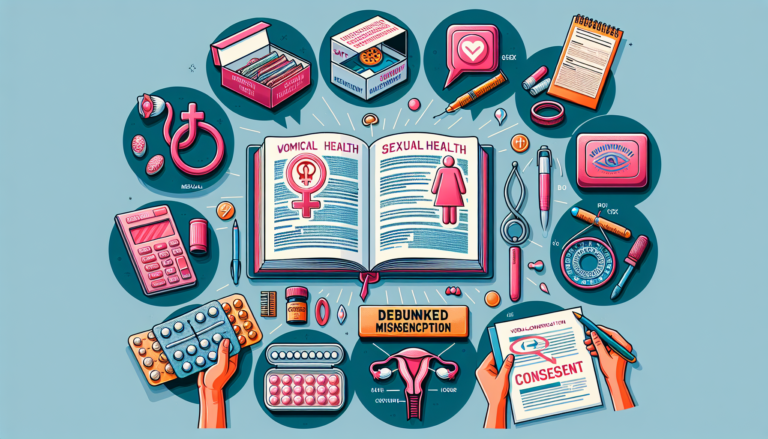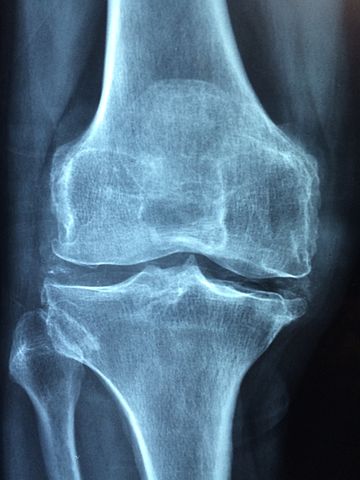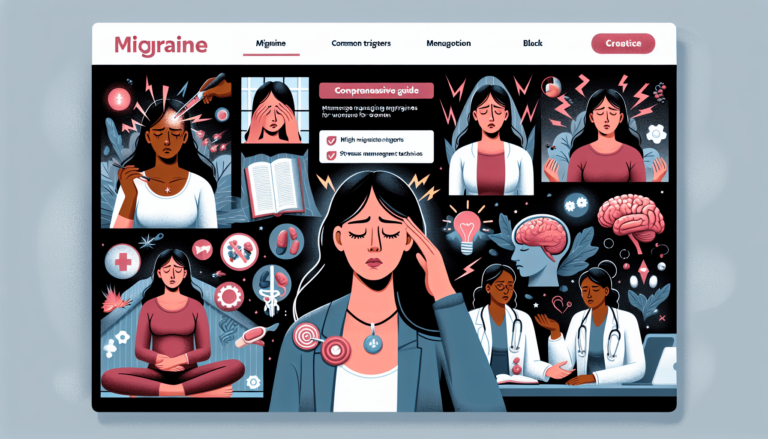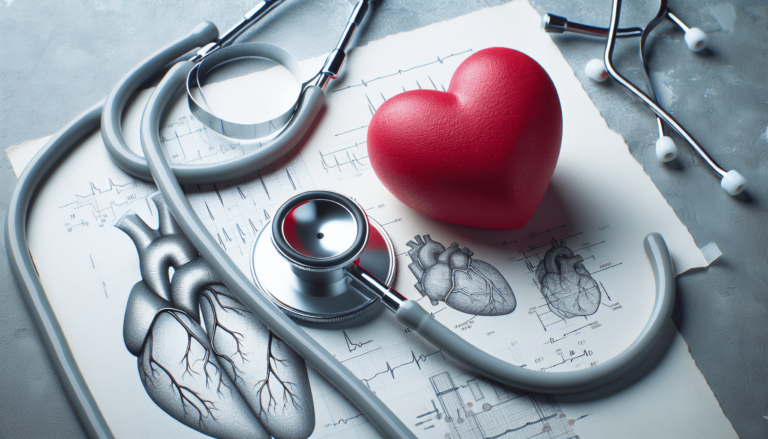Breast Health
As an Amazon Associate I earn from qualifying purchases.
Get ready to take charge of your breast health! In this article, we will explore the importance of maintaining healthy breasts and provide you with essential tips and information to ensure optimal well-being. From self-examinations to debunking common myths, we’ve got you covered on everything you need to know to prioritize your breast health. So, grab a cup of tea, sit back, and let’s embark on the journey towards awareness and empowerment.
Breast Health
Welcome to this comprehensive guide on breast health! Taking care of your breasts is an important aspect of overall wellness. By understanding breast anatomy, development, and changes, as well as the risk factors and signs of breast cancer, you can take proactive steps to promote breast health and detect potential issues early on. In this article, we will cover everything you need to know about breast health, from screening and prevention to maintaining optimal breast health throughout your life.

Understanding Breast Anatomy
To take care of your breasts, it is essential to have a basic understanding of their anatomy. The female breast consists of glandular tissue, lobes, lobules, and milk ducts. Surrounding these structures are fatty tissues, lymph nodes, blood vessels, and connective tissue. Being knowledgeable about the different components of your breasts enables you to monitor any changes effectively.
Breast Development and Changes
Breast development begins during puberty and continues throughout a woman’s life. Hormonal changes during the menstrual cycle, pregnancy, breastfeeding, and menopause can cause various changes in the breasts. It is common for breasts to feel tender, swollen, or lumpy due to hormonal fluctuations. However, if you notice any unusual changes or persistent discomfort, it is essential to consult a healthcare professional to rule out any underlying issues.
Breast Cancer Risk Factors
Understanding the risk factors associated with breast cancer allows you to make informed decisions and take appropriate precautions. While certain risk factors are beyond your control, such as genetics and family history, there are several lifestyle-related risk factors that you can address. These factors include obesity, sedentary lifestyle, excessive alcohol consumption, smoking, and hormonal therapies. By minimizing these risks, you can significantly reduce your chances of developing breast cancer.
Breast Cancer Signs and Symptoms
Being aware of the signs and symptoms of breast cancer is crucial for early detection and successful treatment. Common signs of breast cancer may include a new lump or mass, changes in breast size or shape, nipple discharge, skin changes like redness or dimpling, and persistent breast pain. It is important to note that these symptoms do not necessarily indicate breast cancer, but they should be promptly evaluated by a healthcare professional to ensure early diagnosis if needed.
Breast Cancer Screening
Regular breast cancer screening is essential for early detection, even in the absence of symptoms. Mammography is the primary screening tool that uses X-rays to detect abnormalities in breast tissue. In addition to mammography, other imaging techniques like ultrasound and magnetic resonance imaging (MRI) may be recommended based on individual risk factors and medical history. It is important to discuss with your healthcare provider to determine the appropriate screening schedule for you.
Breast Self-Exams
Performing regular breast self-exams is a proactive way to monitor your breast health. While self-exams are not a substitute for regular mammograms or clinical exams, they can help you become familiar with the normal look and feel of your breasts. By performing self-exams once a month, you can potentially detect any changes, such as new lumps or masses, early on and seek medical attention promptly.
Breast Cancer Prevention
While it is not possible to completely prevent breast cancer, several lifestyle changes can help reduce the risk. Maintaining a healthy weight, engaging in regular physical activity, limiting alcohol consumption, and avoiding smoking are key factors in breast cancer prevention. Additionally, hormone replacement therapy should be used judiciously and under the guidance of a healthcare professional, as it may increase the risk of breast cancer in some individuals.
Maintaining Breast Health
Apart from cancer prevention strategies, there are various ways to take care of your breasts to maintain optimal health throughout your life. This includes wearing a well-fitting supportive bra, avoiding prolonged exposure to environmental toxins, and practicing good hygiene to prevent infections. Regular medical check-ups and open communication with your healthcare provider are vital for addressing any concerns or questions you may have about your breast health.
Eating a Healthy Diet for Breast Health
Nutrition plays a crucial role in overall health, including breast health. A balanced diet rich in fruits, vegetables, whole grains, lean proteins, and healthy fats provides the necessary nutrients and antioxidants to support breast health. Incorporating foods with phytoestrogens, like soy products, can also be beneficial. It is important to strive for a well-rounded diet and maintain a healthy weight to reduce the risk of breast cancer and promote general well-being.
Exercise and Breast Health
Regular exercise not only helps maintain a healthy weight but also contributes to breast health. Physical activity improves circulation, strengthens muscles, and supports overall immune function. Aim for at least 150 minutes of moderate-intensity aerobic activity or 75 minutes of vigorous activity each week, along with strength training exercises. Consult with a healthcare professional before starting any exercise program to ensure it suits your individual needs.
Breast-Feeding and Breast Health
Breast-feeding offers numerous benefits for both the mother and baby, including optimal breast health. Breast-feeding has been associated with a reduced risk of breast cancer, particularly in women who breast-feed for a more extended period. It helps to reduce the estrogen levels in the body, which may contribute to this protective effect. If you are able and choose to breast-feed, it can be a positive aspect of maintaining your breast health.
Breast Health during Menopause
During menopause, hormonal changes can lead to various breast-related symptoms. It is not uncommon to experience breast tenderness, swelling, or changes in breast size during this phase. Regular breast self-exams and mammography screening are especially important during menopause. Hormone replacement therapy may be considered to alleviate symptoms, but the benefits and potential risks should be discussed with a healthcare professional based on individual circumstances.
Breast Health Support and Resources
Navigating breast health can sometimes be overwhelming, but you are not alone. There are numerous resources available to provide support, information, and guidance on breast health. Local healthcare providers, breast cancer support groups, and reputable online sources can offer valuable insights and connect you with professionals who can address your concerns effectively. Remember, early detection and proactive care are key to maintaining breast health and overall well-being.
In conclusion, caring for your breasts is an essential aspect of overall health. By understanding breast anatomy, being aware of breast cancer risk factors and signs, and actively participating in screening and prevention strategies, you can prioritize breast health throughout your life. Adopting a healthy lifestyle, maintaining regular check-ups, and seeking support when needed will empower you to make informed decisions and take steps towards optimal breast health. Remember, your breast health matters, and you have the power to prioritize it.
Amazon and the Amazon logo are trademarks of Amazon.com, Inc, or its affiliates.






